
3 minute read
Look at feed ingredients to bring down emissions
With pressure increasing on dairy farmers to show progress in reducing emissions, taking a closer look at feed ingredients is a good place to start, says David Wilde, national ruminant technical manager at Massey Harpers Feeds.
He says: “UK dairy farmers already produce some of the lowest emission milk globally. According to Royal Association of British Dairy Farmers calculations, UK emissions are 1.25kg CO 2 e/litre, compared to the global average of 2.9kg CO2e/litre.
“But the drive is still to reduce levels further, largely driven by milk processors and retailers looking to reduce the carbon footprint of their supply chains.”
When looking at strategies to reduce emissions, Mr Wilde stresses the need to look at the big areas first, but also to focus on changes which will reduce rather than increase costs.

Reducing
He says: “For example, reducing age at first calving and lowering replacement rates can have a big impact on emissions and also reduce total rearing costs, so trimming emissions and overall costs of production.”

He also suggests that feed is a good place to start to reduce emissions, specifically feed ingredients.
“Forages and feeds account for about 30 per cent of total emissions. In purchased compounds, ingredients account for over 95 per cent of the carbon attributed per tonne of feed.
“The emissions per ingredient will vary based on factors including where they are gown and how they are processed, so there is scope to reduce emissions by looking closely at the ingredients.
“One of the ingredients most closely associated with higher emissions is soya and this is something retailers and processors are picking up on.
“Increasingly, they are challenging their suppliers to switch to sustainable soya, although exactly what this means is confusing, or to remove soya products completely from dairy diets.”
The reaction has been that farmers are beginning to look at how to change to meet their customers’ requirements he continues.
However, many are questioning whether they can feed cows successfully without the inclusion of soya. The good news is that thanks to advances in the understanding of protein nutrition, the tools are there to allow nutritionists to ration cows effectively while reducing or removing soya from diets.
He says that since the popularity of soya first increased, the way dairy cows are rationed for protein have evolved allowing increased precision. By understanding the cow’s requirements for specific protein fractions it is possible to feed a balanced range of protein sources to meet these requirements, while at the same time reducing the total protein content of the diet.
“We are increasingly seeing diets performing adequately with closer to 16 per cent crude protein whereas previously it was more common to see diets around 18 per cent crude protein. And this can be achieved without hipro soya.”
Nutritionists now have a wide range of ingredients available to ensure cows’ protein requirements are met without necessarily feeding as much, if any, hipro soya and many have a greater reduced carbon footprint.
Rapeseed and rumen-protected rapeseed can be used alongside feeds such as wheat distillers from the bioethanol production industry and beans.
Interesting
Beans are particularly interesting, as in addition to a good protein content and balance, they also provide quality starch.
“We now have a range formulated to eliminate the use of ingredients linked to environment damage, in particular hipro soya, soya hulls and palm kernel, containing zero soya products and palm kernel.
“They have been replaced with proven ingredients with a lesser impact on the environment including protected rapeseed, wheat distill- ers, rapeseed, sugar beet pulp and wheatfeed.”
The difference is emissions can be significant. Mr Wilde says that by avoiding ingredients with higher emissions it has been possible to produce compounds with lower emissions.
The Global Food Life-Cycle Assessment Institute has created a database of CO 2e values for most raw materials meaning there is an independent database that can be used by all compounders to allow meaningful comparison of different compounds on the basis of emissions.
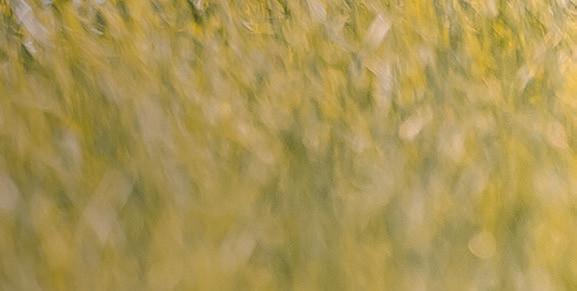
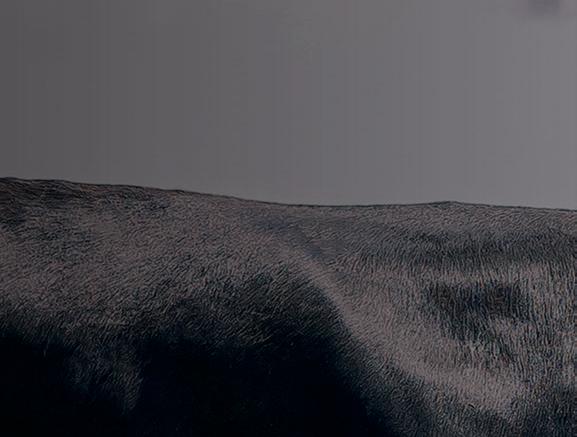
“By careful ingredient selection we have formulated compounds nutritionally equivalent to a traditionally formulated feed but with 400g CO2e/kg of feed less. If used on an average Kingshay herd producing 8,600 litres from 2.67t of concentrates, the change in concentrates alone would reduce emissions per litre by around 10 per cent without incurring significant extra costs.

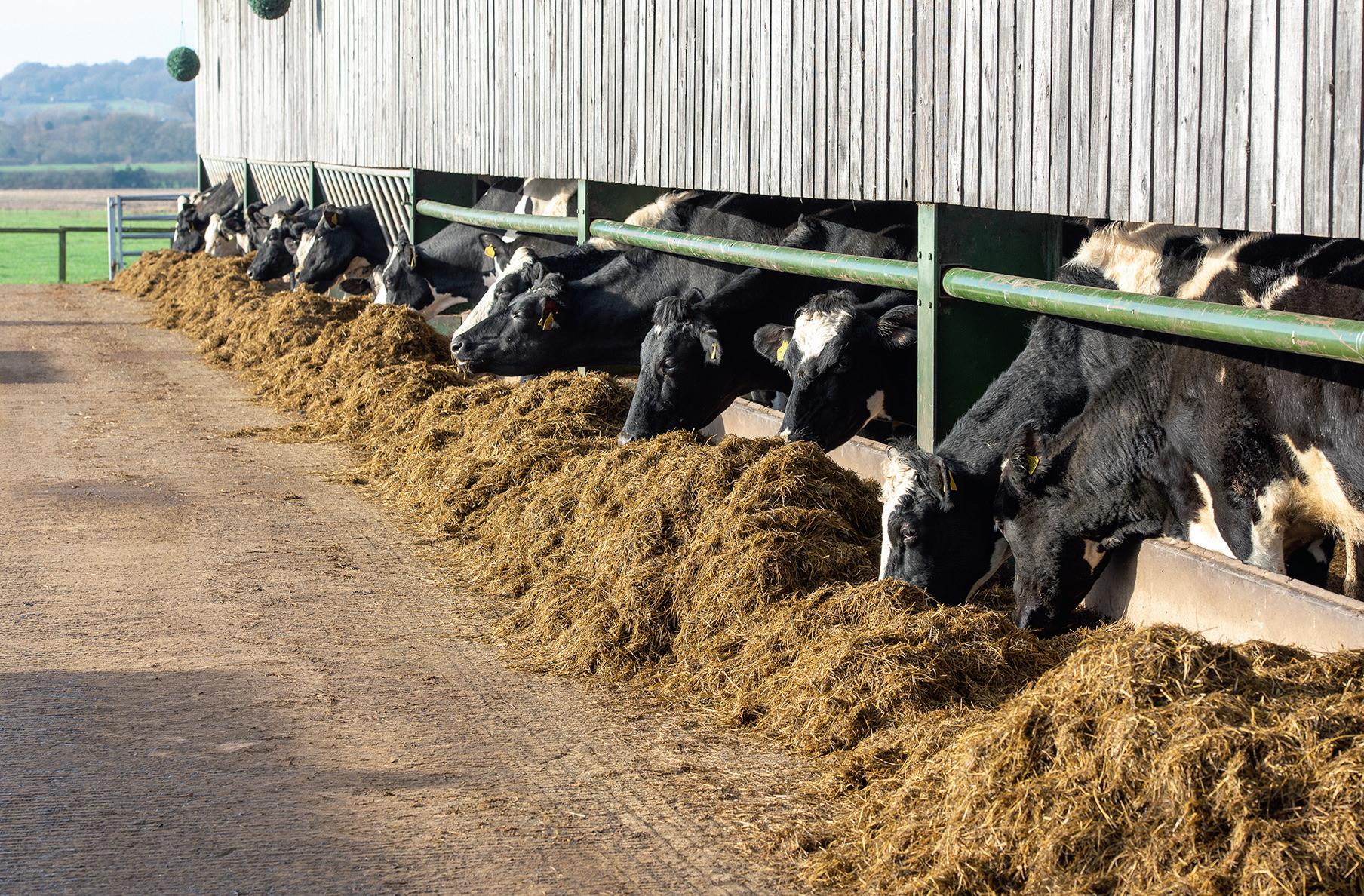

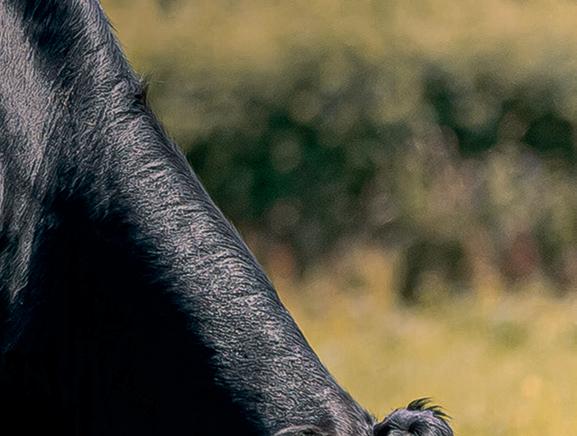

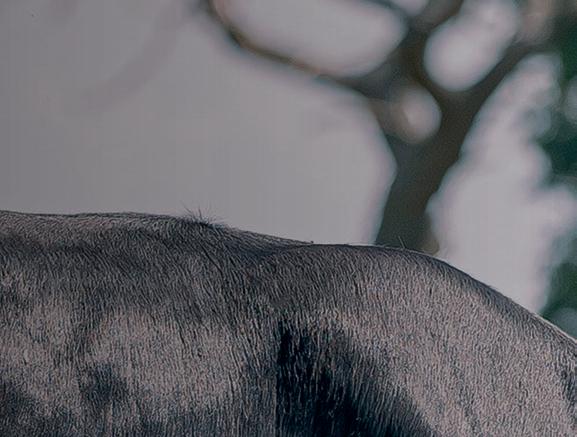
“Developments in the last few months highlight that the demands on dairy farmers from milk processors to reduce the carbon contribution from milk production will
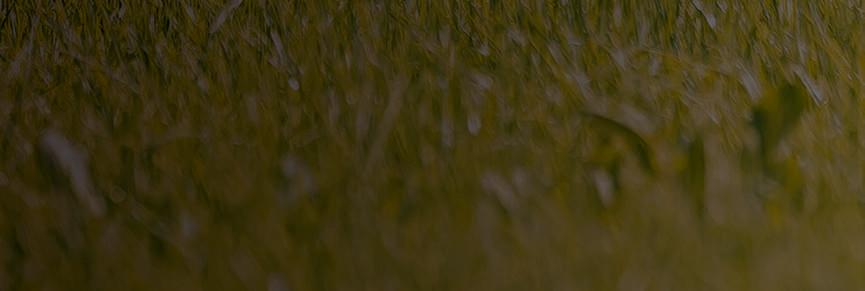

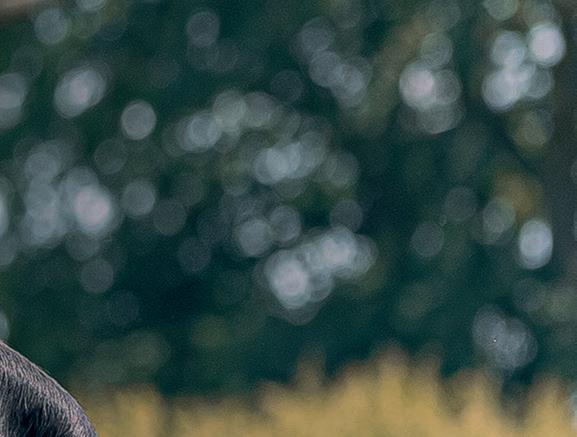

DAVID WILDE intensify. Many schemes have already singled out soya and soya derivatives as a problem to be addressed, but by careful rationing there is no reason why the use of soya in dairy diets cannot be reduced leading to a significant reduction in emissions.”


•
•
•
•
•
•
•


For those considering a move to block-calving, George Giles, vet and director at Giles and Parsons Farm Vets in Camelford, Cornwall, says it is important to consider the practicalities of the system.
He says: “Calving time can be a stressful period and tightening the window can make it intense.”
He adds that it is important to look at what is required for a block-calving system to run smoothly and efficiently.
This, he says, involves ensuring there are adequate buildings to hold and effectively feed the expected number of calves.
And he says it is important that facilities allow for good levels of fertility to be reached and, as a basic requirement, cow comfort is important so that stress is minimised and cows are able to come into bulling in a timely manner.
He says: “Tight blocks are labour demanding and while there are










